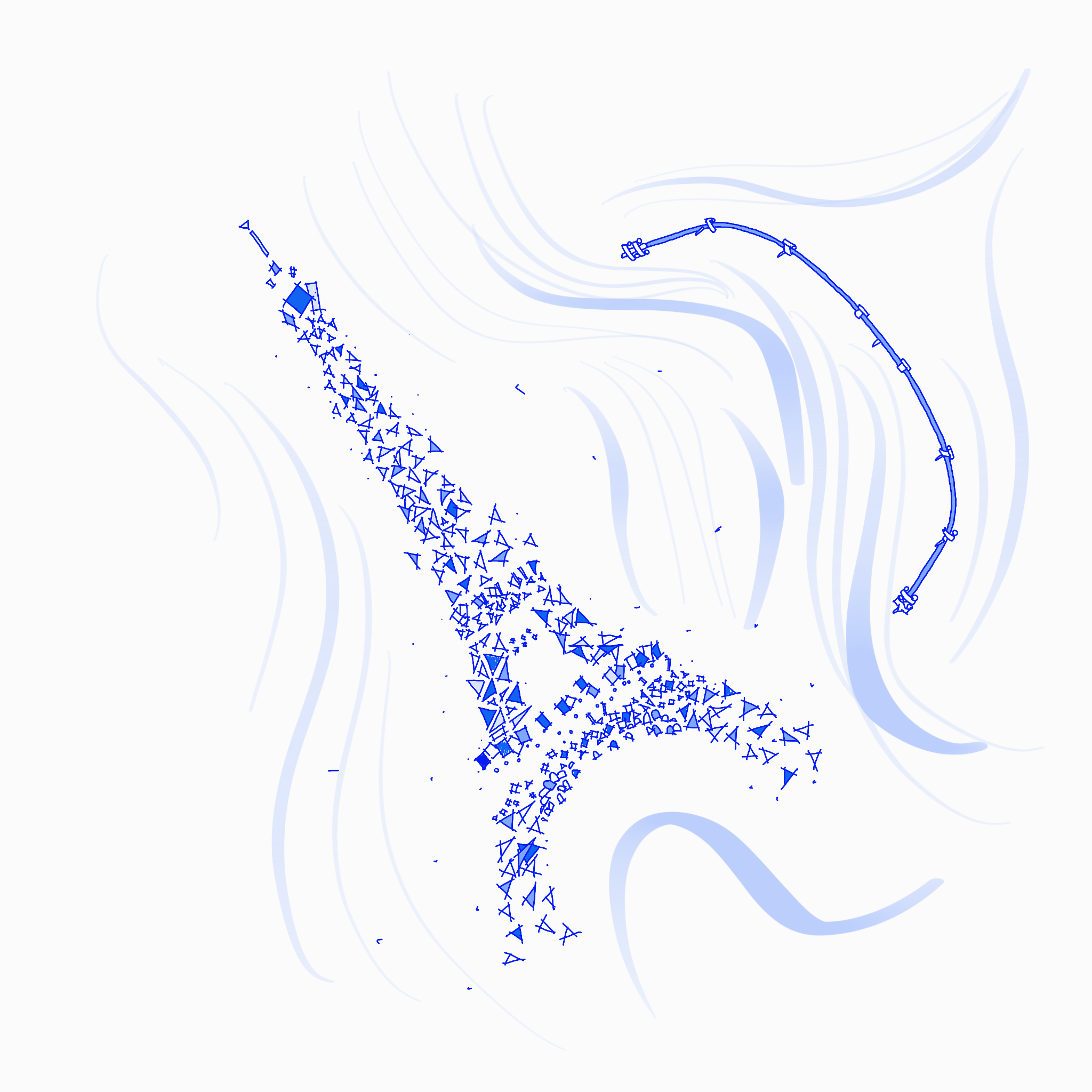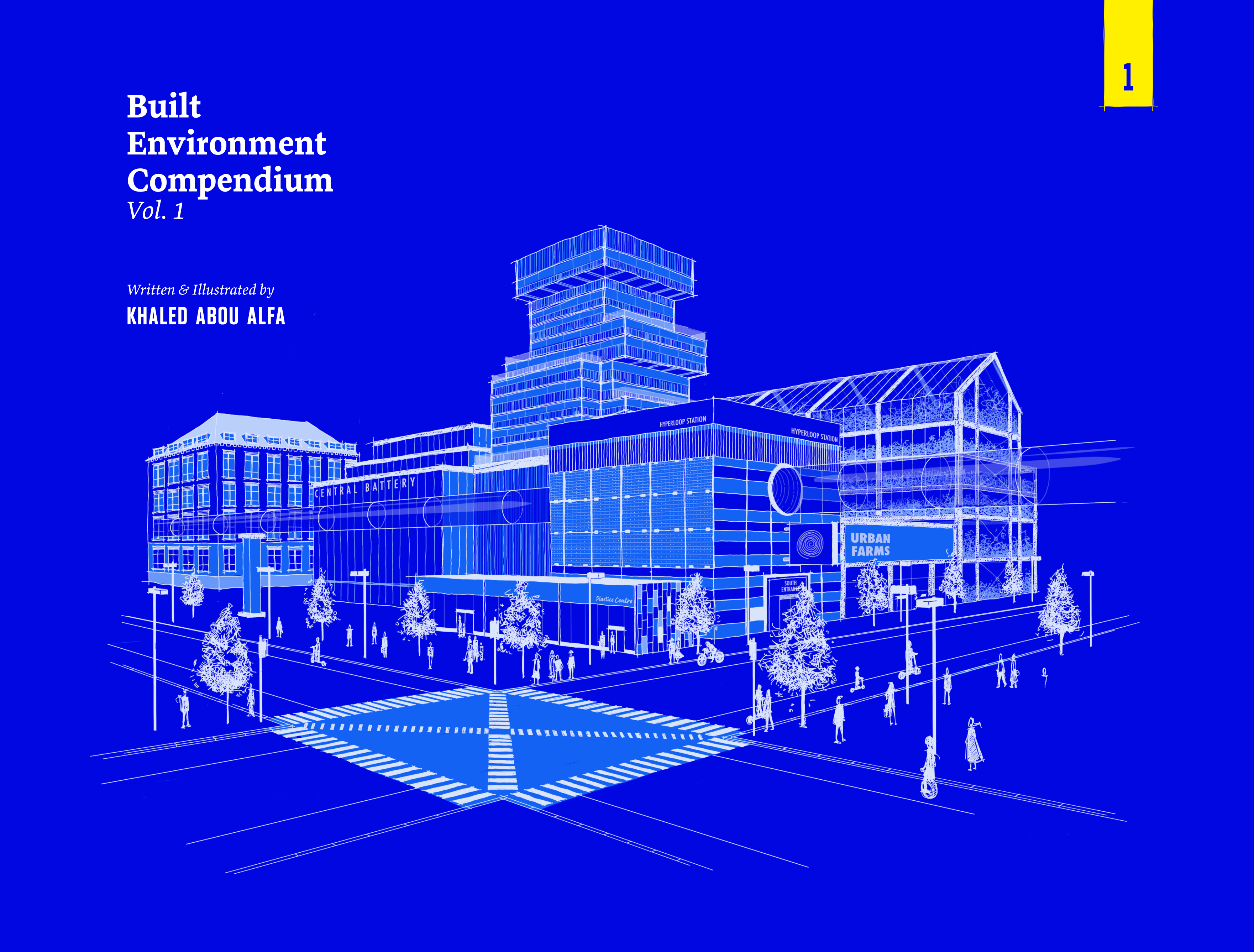
Plastic Structures
By Khaled Abou Alfa • 01 September 2019
Structure noun
Struc·ture
An object made up of a number of parts that are held or put together in a particular way.
Constructed in 1889, the Eiffel Tower was a marvel of engineering. When erected it was the tallest structure in the world, a title it held for 41 years. While conceived as a temporary structure for the World Fair, the tower has endured. The French government cut the construction budget but instead allowed Gustave Eiffel the opportunity to collect ticket revenue for a period of 20 years. Even though derided for its looks by artists and poets at the time, the Eiffel Tower would become the most-visited paid monument in the world.
While these achievements alone would be enough, the Eiffel Tower didn’t stop there. It ushered in a new wave of modern structures that would help define a nation’s image outside its borders. In more recent times, this practice would be used to signal a nation’s arrival on the world stage. It was an idea that nations and cities around the world would replicate again and again. New York had the Chrysler Building. Sydney had the Royal Opera House. Taiwan had Taipei 101. Malaysia had the Petronas Towers. Dubai had the Burj Khalifa.
Considering the human achievements these structures represent, they all fall into insignificance when compared with the world’s largest man made structure. No single nation can lay claim to this project. It’s construction has been ongoing for decades and is not yet complete. This structure was not built in any traditional manner. No architect contributed to its form and had no engineering involvement. Its size is ever growing and no one can confirm how big it actually is, apart from the fact that it is colossal. It boasts the use of billions of pieces of plastic (the 20th Century’s consumer material of choice). Unsurprisingly nobody wants to claim this achievement of the built environment and yet it belongs to everyone.
We’re of course talking about the Great Pacific Garbage Patch.
The rest of this chapter can be found in the Built Environment Compendium Vol.01.
Buy the book
